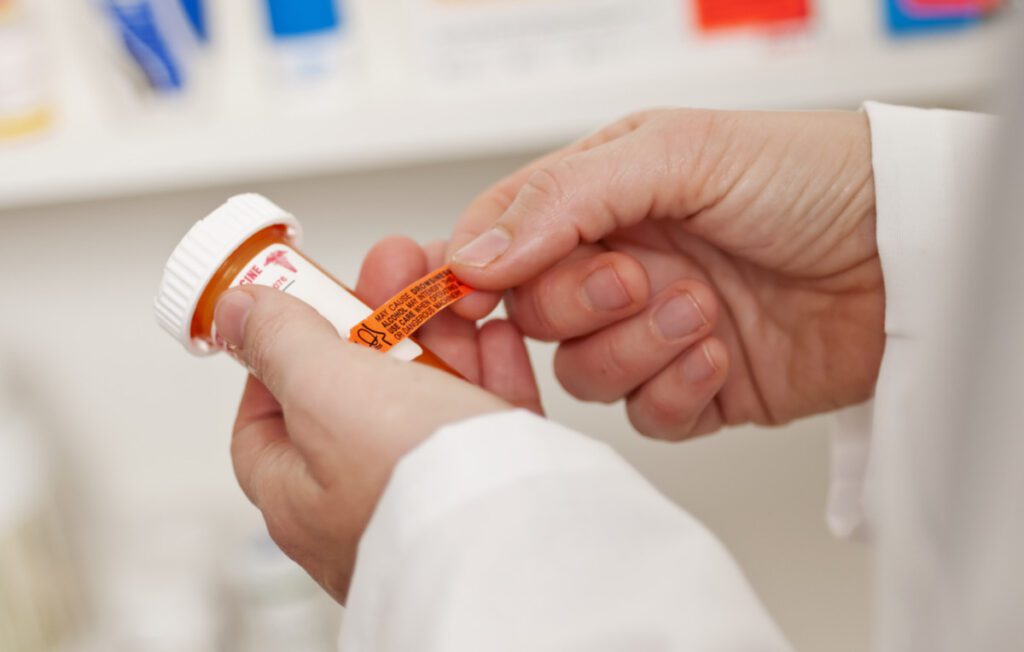Clinical trials come with tremendous responsibility to meet the demands of the regulatory bodies, sponsors, and end-users. As the number of clinical trials keeps rising, the pressure to succeed amidst an increasing cost, new regulations, and cut-throat competition makes clinical trial labels a priority area in your product development.
Notably, clinical trials are becoming multilingual by the day, involving several study centers and several different countries. Consequently, for you to meet both international and local standards, your medical products must have multilingual labels. This guide provides tips on how to label your clinical trial packages for global testing centers and markets.
Multilingual labeling is crucial if you are looking to test and later sell your products in other countries. When performing clinical trials for drug-related treatments in foreign countries, all product labels must be translated with strict adherence to local regulations.
The following are some of the tips for translating product labels for international use:
Research the labeling requirements of a specific region and develop region-specific trial labels with matching regulatory requirements using a dominant language for those regions. For example, you can develop a source label that incorporates regulations of all NAFTA countries. Afterward, localize and translate them into the dominant languages of each region, including Spanish, French, English, depending on the member countries.
If you are developing medical products to be tested and marketed in several different countries, you can meet multiple language labeling requirements with the help of the Expanded-Content Label (ECL) system. With ECL, you won't need to make different labels for each country, but only one multilingual label for all of them.
Another great option is to integrate several languages into a single product. You can achieve these using booklet labels, which are now available up to 113 pages. This offers an all-purpose solution for all countries to use where your product has a presence. Booklet labels can encompass both seal adhesive labels and leaflets. Due to their large volumes, these booklets can comfortably accommodate all languages in a clear structure and readable font size.
Pro tip: In 2013, the International Society for Pharmaceutical Engineering published a new guide for standardizing the use of booklet labels in global clinical trials. The primary goal of this standardization was to establish a uniform design and an international structure for booklet labels across all markets.
There are various regulatory requirements to meet when creating compliant clinical trial labels depending on the region and specific country. Some of the major international regulatory standards for clinical trial labels by country/ region include:
For EU member countries, the labeling requirements should be in accordance with EU requirements. Label content requirements are specified in Annex 13 of the European Commission, whereas structure and other elements such as layout, font size, and symbols are defined in the Guideline on Readability.
Notably, before a drug or medical device is sold within the EU, it is mandatory that all accompanying documents be translated into at least one of its 24 official languages. You should also keep in mind that individual countries within the EU have additional regulations that drug and medical device manufacturers must adhere to.
Some of the labeling requirements needed by EC include:

Clinical trials in the US have to meet the Code of Federal Regulations requirements, commonly referred to as Title 21 of the CFR. Part 312 section 312.6 of the code of regulations deals with labeling an investigational new drug.
The following are some of its primary requirements:
Labeling is an essential and integral part of the approval of a medicinal product. Notably, clinical trial labels are increasingly becoming multifunctional tools that help convey crucial information in different languages in diverse locations where trials are being conducted. Each country/ region typically provides regulatory guidance for investigational drug labeling, packaging, and nomenclature. You must comply with each requirement to avoid delays and achieve regulatory approval. We develop innovative label solutions for your products. Contact us today to learn more.
© 2024 Premium Label & Packaging Solutions | PLPS Sales Terms and Conditions